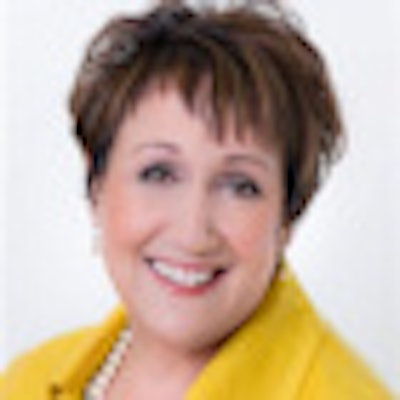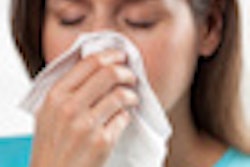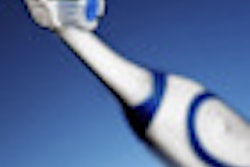
As H1N1 flu spreads, the demands on dental offices are increasing, according to Leslie D. Canham, R.D.A., a certified U.S. Occupational Safety and Health Administration trainer.
"It's going to be hard for dental offices to meet the new standards," said Canham, citing federal and state regulations that make treating patients suspected of influenza much more complicated.
For example, under new California regulations, dental care workers may only treat someone suspected of an aerosol-transmitted disease in a negative pressure room while wearing an N95 respirator. "Not many dental offices have a room with negative pressure," she said.
It's hard to argue that the concern is overblown. H1N1 contagion has reached epidemic proportions. From August 30 - October 31, 2009, there were 17,838 laboratory-confirmed influenza-associated hospitalizations and 672 laboratory-confirmed influenza-associated deaths reported to the U.S. Centers for Disease Control and Prevention (CDC).
Most of the deaths, at least among children, are due to the H1N1 strain, according to the CDC. More children have died than usual from influenza, and the number of outpatient visits for influenza is also more than typical for this time of year. Last month, President Obama declared a national emergency to focus more efforts on controlling the disease.
The picture is similar elsewhere in the world, with 199 countries reporting cases, including some 6,000 deaths. The supply of vaccine has not kept up with the demand.
Signs and symptoms
Against that backdrop, health officials are scrambling to prevent further infection, and dental offices -- where blood and saliva particles spray the air -- have not escaped their attention.
The U.K.'s National Health Service advised dentists in Edinburgh, Scotland, to remove magazines and toys from their waiting rooms, for fear that such amusements have become vehicles for the virus, according to the Edinburgh Evening News.
U.S. national guidelines are less draconian. CDC guidelines call on dental offices working with patients who have respiratory symptoms (fever, cough, fatigue, sore throat) to delay routine treatment until the patient is symptom-free.
Dental professionals should only limit treatment to the minimum necessary for patients who have confirmed H1N1. They should wear N95 masks while treating these patients and instruct the patients to wear surgical masks whenever not actually receiving treatment.
In California, the protocol more closely resembles that for patients with tuberculosis, who also must be treated in a room with negative air pressure relative to surrounding rooms and corridors.
Canham recommends that dentists simply refer these patients to someone who has treating privileges in a hospital equipped with such a room.
But how do you know which patients to refer out, since they themselves may not know if they have H1N1?
In fact, the California minimum standard doesn't refer only to H1N1 but to all aerosol-transmissible diseases, including anthrax, avian influenza, chickenpox, measles, severe acute respiratory syndrome, and tuberculosis, among others.
So dental offices should start by asking patients if they have any such illnesses. Then they should ask about and watch for signs and symptoms, which include:
- A cough for more than three weeks that can't otherwise be explained.
- Fever, sweating, chills, muscle aches, weakness, and malaise.
- A patient's report of having a common cold or some other transmissible respiratory diseases.
- A patient's report of being exposed to an aerosol-transmissible disease, other than seasonal influenza.
More details on the CDC's recently updated guidance for H1N1 infection control can be found on its Web site.
In addition, the Organization for Safety and Asepsis Procedures (OSAP) provides a list of resources and links to Web sites about H1N1 specifically intended for dental professionals.



















